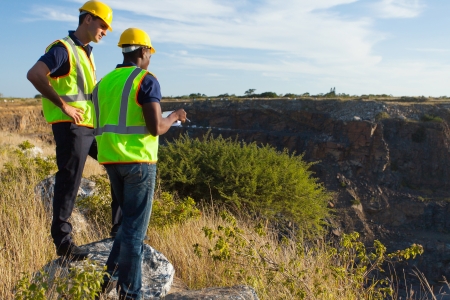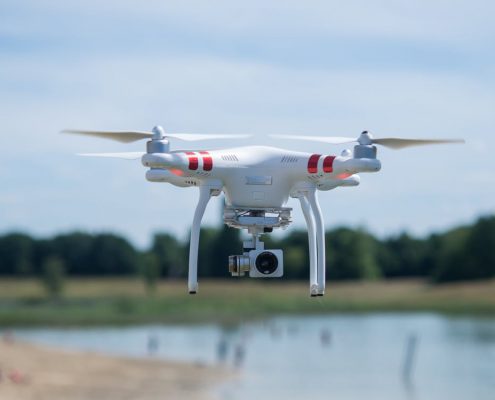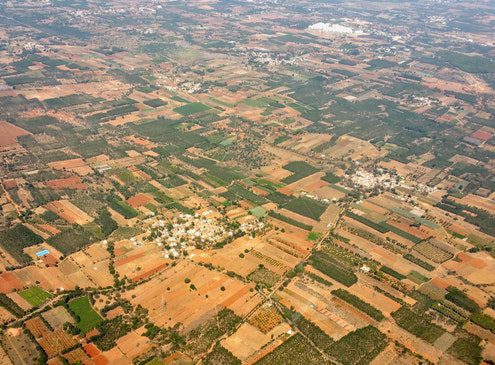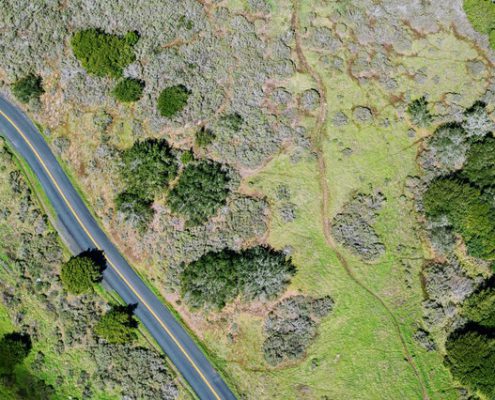Why Land Survey Companies Are Focusing on Automation
With increasing complexity and a customer base that is growing all the time, oil and gas companies are always on the lookout for new opportunities to increase efficiency and improve results across the project lifecycle. Land survey companies that work closely with oil and gas companies to enable their success have taken up this charge, exploring a variety of new technologies to help drive automation. By automating key project tasks, land survey companies can help their oil and gas companies enjoy a number of key benefits, and ultimately be successful in a changing industry landscape.
Read on for a closer look at how land survey companies are using automation, and how this new trend might benefit you.
Faster turnaround times and lower costs with GIS
For many project managers in the oil and gas space, the land surveying process has long been a necessary evil. Although a good land survey can drive value throughout the project lifecycle, there will always be people who look at it as one more hurdle they have to clear before they can start on the actual project work.
Luckily, with modern technology such as GIS mapping, these project managers can take advantage of automation that allows them to get quick and cost-effect surveys without having to sacrifice accuracy. By removing manual data capture and processing from the equation, today’s land survey companies are providing their customers with a more efficient approach to getting the survey data they need.
More data to be shared across project stakeholder teams
Across industries, the advent of big data is helping key stakeholders make better, more informed decisions, and the oil and gas industry is certainly no exception. Land survey companies can use drones to help their customers take this data-driven approach.
These unmanned aerial vehicles can cover more terrain than traditional land surveying teams, including difficult-to-reach areas. This ensures that oil and gas companies will have plenty of relevant survey data to share with their engineers, planners and construction managers. As a result, none of these stakeholders will ever find themselves in the dark; instead, they can feel confident they have the insights they need to make the right decision.
Data can be fed directly into machine control
Just as data is helping humans do their jobs better, it can also help improve the way construction machines such as graders and pavers operate. By feeding data directly to these machines, construction project managers can feel certain that the machines will operate exactly the way they should operate, based on the actual conditions around them.
No matter how experienced human machine operators are, they are still human, so there will always be the possibility for them to make an expensive and time-consuming error. Automating this aspect of the project can help ensure precision, and provide one less thing for the project manager to worry about.
Monitoring site changes to help with planning and construction
Gathering land survey data manually is expensive and time-consuming enough the first time around; as a result, very few companies would bother with performing this process more than is absolutely necessary.
On the other hand, gathering data with drones is such a quick, streamlined process that there’s nothing to stop a company from performing multiple surveys. This allows them to keep up with any changes that might be occurring at the site over time so that they can properly account for those changes when creating their project plan.
Final thoughts
For oil and gas companies, the challenge is clear: companies that make the most of automation can gain a competitive advantage, while those that don’t will fall behind. Shouldn’t you work with a land survey company that shares your dedication to pursuing automation? Contact Landpoint







